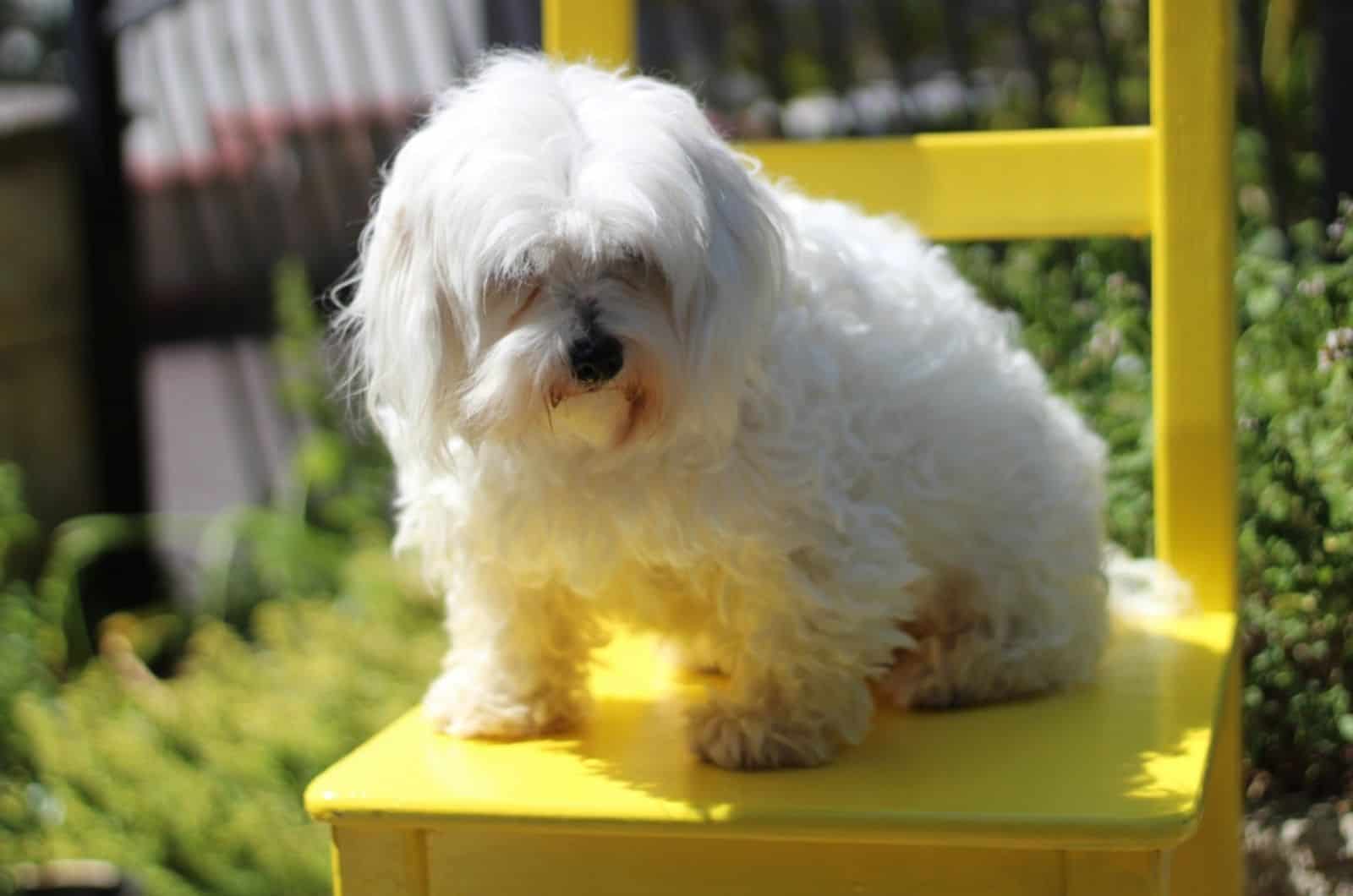If you are considering adding a Coton de Tulear to your family, it is important to understand their growth and development.
In this article, we will provide a Coton de Tulear growth chart to give you an idea of what to expect as your furry friend grows from a puppy into an adult.
We will also discuss the breed’s general lifespan and provide some tips on how to care for a Coton de Tulear at each stage of its life.
The Coton de Tulear is a small and cheerful dog breed that originates from Madagascar. This tiny, fluffy pup is often referred to as the “royal dog of Madagascar” and it is known for its energetic and playful personality.
They are closely related to two other famous small breeds — the Maltese and the Bichon Frise.
While they may be small in size, Coton de Tulears are surprisingly tenacious and are not afraid to take on bigger dogs in playtime. They are also intelligent and quick learners, making them easy to train.
Coton De Tulear Growth Chart
[table id=717 /
Growth Stages Of Coton De Tulears

Coton de Tulear puppies go through various stages of development as they grow from newborns into adult dogs.
It is important to provide your Coton de Tulear with proper nutrition, care, and training during each stage of their development to help them grow up to be healthy and well-behaved adult dogs.
Below are some of the key stages of development for Coton de Tulear puppies.
Newborn
During the first few days of life, these tiny puppies are completely dependent on their mother for care. They are born blind and deaf, and they will spend most of their time nursing and sleeping.
Newborn Coton de Tulear puppies are usually quite small, weighing just a few ounces at birth.
They will grow quickly, however, and will begin to put on weight and size rapidly in the first few weeks of life. This is also the period in which they will begin teething.
It is important to provide adequate nutrition and care for Coton de Tulear puppies during this critical time frame to ensure that they reach their full potential.
Puppyhood
During the puppyhood stage (which lasts from around 8 weeks to 1 year of age), Coton de Tulear puppies will go through several important developmental milestones.
They will begin to open their eyes and ears, and they will start to explore their environment. This is also the time when they will start to learn important socialization and training skills, so they will need a bit more of your attention.
They are still not old enough to be left alone in the house, but they’re getting there.
Adolescence
During the adolescence stage (which usually lasts from around 1-2 years of age), Coton de Tulear puppies will continue to grow and develop.
They will become more independent and will start to assert their own personalities. This is also the time when they may start to challenge their owners for dominance.
Adulthood
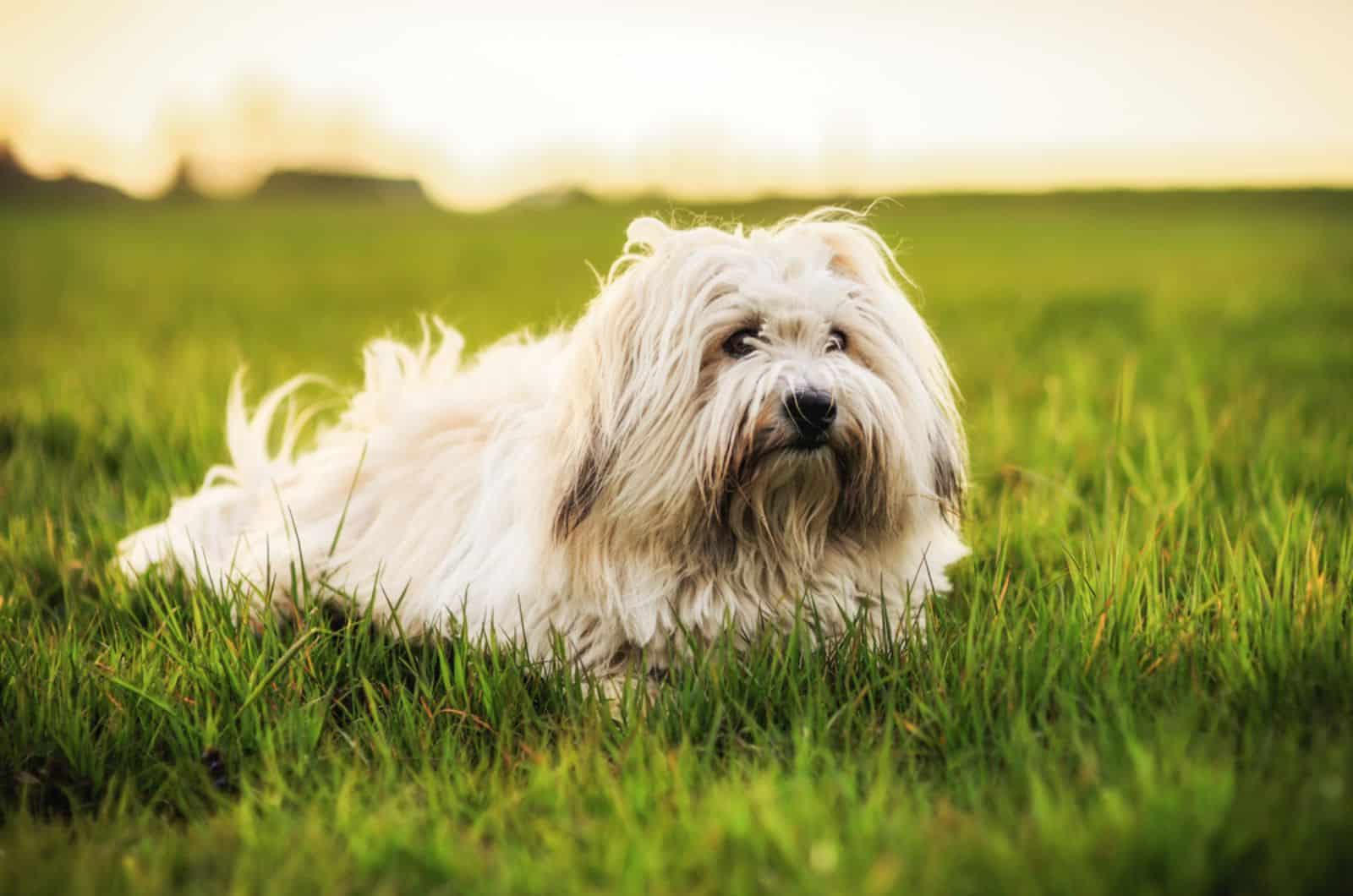
Once a Coton de Tulear reaches adulthood (around 2-3 years of age), they will have reached their full size and will be fully mature.
At this point, they will be more independent and will be able to handle more advanced training and activities.
How Long Does A Coton De Tulear Grow?
Coton de Tulear puppies will usually reach their full size at around 1-2 years of age, although some individuals may continue to grow and fill out until they are around 3 years old.
During the first few weeks of life, Coton de Tulear puppies will grow quickly, with a weight increase of around 5-10% per week. As they get older, their growth rate will slow down, and they will begin to put on weight at a slower pace.
In general, it is important to provide your Coton de Tulear with proper nutrition, care, and attention during their growth and development stages to ensure that they grow up to be healthy and strong.
This includes feeding them high-quality puppy food, providing them with plenty of exercise and playtime, and keeping up with their vaccinations and preventative care.
How Big Will My Coton De Tulear Get?
The size of a Coton de Tulear can vary somewhat, as individual dogs may have different genetics and growth patterns. However, the breed is generally considered to be a small breed, with an average height of around 9-11 inches at the shoulder.
There are a few factors that can affect a Coton de Tulear’s size, including their diet, exercise routine, and overall dog health. We will get into more detail on those later on in the article.
Although, since they are a pure breed, it’s a bit easier to estimate their adult size than when it comes to mixed breed puppies.
If you are unsure of how big your Coton de Tulear will get, you can consult a veterinarian or a reputable breeder for more information. They can provide you with more specific guidance on the expected size and growth patterns of the breed.
What Is The Average Weight Of A Coton De Tulear?
The average weight of a Coton de Tulear is around 10-15 pounds as an adult.
It is important to note that individual dogs may vary in size, and some Coton de Tulears may be larger or smaller than the average weight range. Factors that can affect a Coton de Tulear’s size include their diet, exercise routine, and overall health.
Providing your Coton de Tulear with a high-quality diet that is appropriate for their age and size can help them reach their full potential. It is also important to provide them with plenty of exercise and playtime to help them stay healthy and fit.
If you are concerned about your Coton de Tulear‘s weight, it is always a good idea to consult a veterinarian for guidance.
They can provide you with more specific information on the appropriate weight range for your dog and offer any necessary recommendations for maintaining a healthy weight.
What Affects The Growth Of My Coton De Tulear?
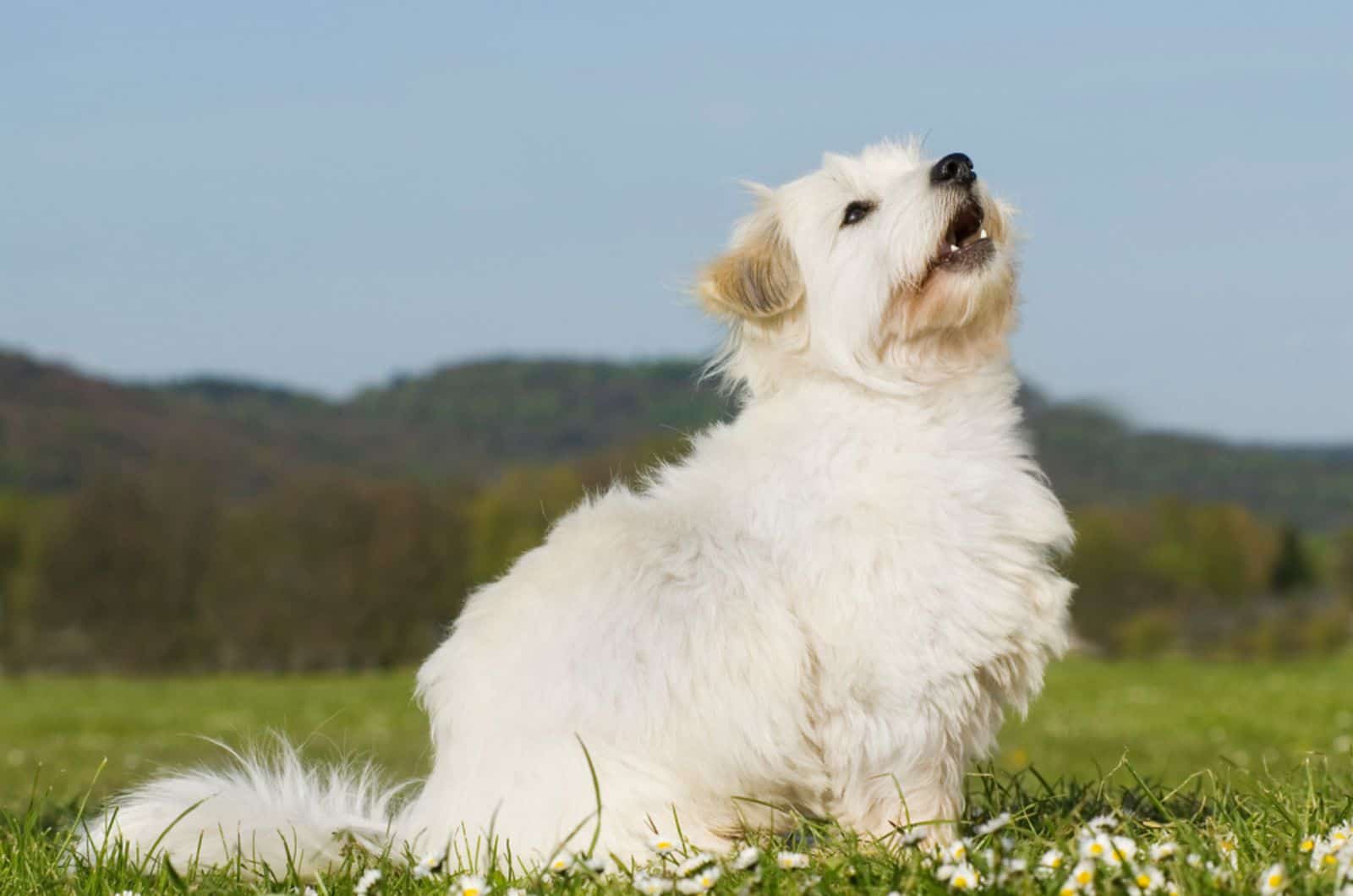
There are several factors that can affect the growth and development of a Coton de Tulear.
Some of the most important ones include genetics, gender, nutrition, and exercise.
Genetic Background
Genetics play a role in a Coton de Tulear‘s growth and development. Some dogs may inherit certain traits (such as size and growth patterns) from their parents, which can affect their overall growth and development.
For example, if a Coton de Tulear’s parents are both small in size, it is likely that the puppy will also be small as an adult. On the other hand, if a Coton de Tulear’s parents are larger in size, it is possible that the puppy will also be larger as an adult.
Genetics can also influence a Coton de Tulear‘s susceptibility to certain health conditions. For example, some Coton de Tulears may be more prone to certain genetic conditions (such as hip dysplasia) due to their genetics.
When considering adding one to your family, it is important to be aware of the genetic history of a Coton de Tulear (and their parents). Consulting a reputable breeder or a veterinarian can help provide you with more information on the genetic history and potential health risks of the breed.
Male Vs. Female
In general, the gender of a Coton de Tulear does not significantly impact their growth and development.
Both male and female Coton de Tulears will typically reach their full size at around 1-2 years of age, with an average adult weight of around 10-15 pounds and a height of around 9-11 inches at the shoulder.
There may be some minor size differences between male and female Coton de Tulears, with male dogs tending to be slightly larger on average. However, these differences are usually not significant, and individual dogs may vary in size regardless of their gender.
Nutrition As The Main Ingredient
A Coton de Tulear‘s diet plays a critical role in their growth and development. Providing your puppy with high-quality dog food that is formulated for small-breed dogs is important to ensure that they get the right balance of nutrients.
It is also important to feed your Coton de Tulear the right amount of food, as overfeeding can lead to obesity, which can affect their growth and overall health. Keep an eye on its calorie intake!
A lack of proper nutrition can also affect a Coton de Tulear‘s growth and development. Puppies need a high-quality diet that is formulated for small dogs to ensure that they get the right balance of nutrients.
The Importance Of Exercise
Exercise is important for all dogs, including Coton de Tulears. It can help keep them fit and active, and it can also help prevent behaviors such as excessive barking or destructive chewing, which can be caused by boredom or lack of mental stimulation.
It is important to provide your Coton de Tulear with a moderate amount of exercise that is right for their age and size. Puppies will generally need more exercise than adult dogs, as they have more energy and are still growing.
Providing your puppy with plenty of opportunities for play and exercise can help them grow up to be strong and healthy. Some ideas for exercising your Coton de Tulear include:
- Taking your Coton de Tulear for daily walks is a great way to provide them with exercise. It is important to choose a route that is safe and free from hazards, such as busy streets or sharp objects.
- Playtime is a great way to provide your Coton de Tulear with exercise and mental stimulation. You can play fetch with a tennis ball, tug of war, or other interactive games with your Coton de Tulear to help them get their energy out.
- Training sessions can also provide your Coton de Tulear with mental and physical exercise. You can work on basic commands such as “sit,” “stay,” and “come,” or you can try more advanced training techniques, such as agility or obedience training.
Does Spaying Or Neutering Affect Growth?
Spaying or neutering (also known as sterilization) can have some effect on the growth and development of a Coton de Tulear, although the impact is usually minor.
Spaying (in females) and neutering (in males) involve the removal of reproductive organs with the purpose of preventing unwanted pregnancies.
The process can affect the production of certain hormones, such as testosterone and estrogen. These hormones can play a role in a Coton de Tulear’s growth and development.
In general, spaying or neutering a Coton de Tulear will not significantly affect its size or growth rate. Some dogs may experience a slight slowing of growth after being spayed or neutered, while others may not be affected at all.
Some dogs, particularly females, can also experience behavioral changes.
The overall impact on a Coton de Tulear’s growth and development is usually minor, and any changes are usually not noticeable.
The Connection Between Coton De Tulear Growth And Health
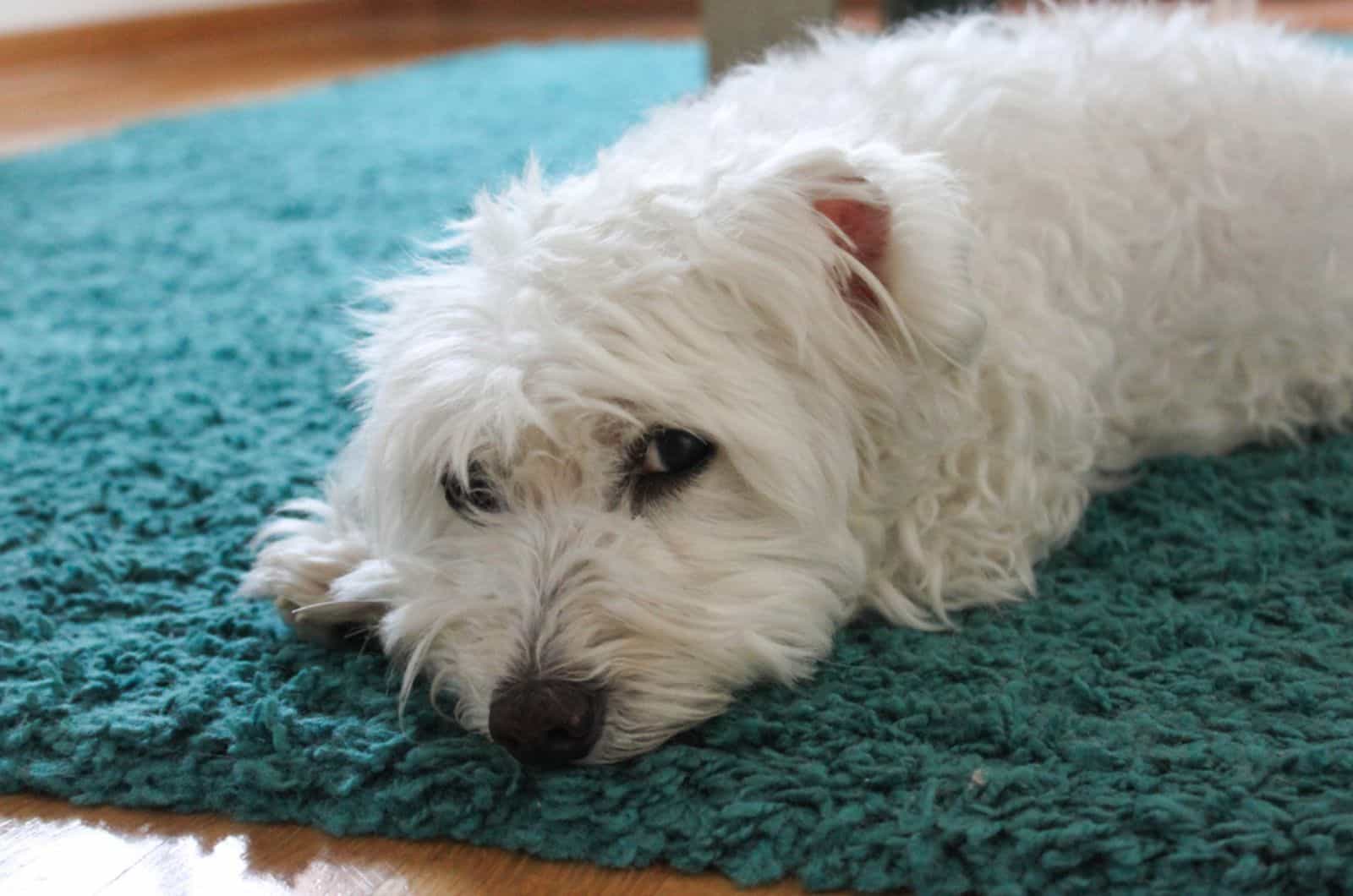
Overall health can also affect a Coton de Tulear‘s growth and development. Regular visits to the veterinarian and proper preventative care (such as vaccinations and deworming) can help ensure that your puppy stays healthy and grows at a normal rate.
Just be aware that your pup’s behavior might change after it’s been vaccinated.
There are several health conditions that can impact the growth and development of a Coton de Tulear. Some of the most common ones include various genetic conditions, infections, as well as traumas.
Some Coton de Tulears may be prone to certain genetic conditions that can affect their growth and overall health. For example, hip dysplasia (a condition that affects the hip joints) is a common problem in small breeds, including Coton de Tulears.
Infections, such as respiratory or ear infections, can also affect a Coton de Tulear‘s growth and overall health.
Injuries or trauma (such as a broken bone) can also impact a Coton de Tulear‘s growth and development. It is important to keep your Coton de Tulear safe and to seek prompt medical attention if they are injured.
What Are Some Common Health Issues In Coton De Tulears?
Coton de Tulears are generally a healthy breed, with a life expectancy of around 12-14 years. How much is that in doggie years, though? Find out here.
Coton de Tulears are a relatively small breed, and they are known for being generally healthy and hardy. However, like all breeds, they can be prone to certain health conditions that may affect their lifespan.
It is important to be aware of these health issues and to consult a veterinarian for regular check-ups to help ensure that your Coton de Tulear stays healthy.
Early detection and treatment of any potential health issues can help improve the chances of a good outcome and a longer, healthier life for your Coton de Tulear.
In the following sections, we will briefly describe some of the most frequent health problems that this breed experiences. These conditions can also impact their growth to a certain degree, in one way or another.
Hip Dysplasia
Hip dysplasia is a common problem in small breeds, including Coton de Tulears. It is a condition in which the hip joints are malformed, leading to pain and difficulty moving.
Hip dysplasia is usually caused by a genetic predisposition, although environmental factors, such as rapid growth or obesity, can also contribute to the development of the condition.
It is a progressive disease, which means that it can get worse over time if left untreated.
Luxating Patellas
Patellar luxation is a condition in which the kneecap (patella) becomes dislocated. It is a common problem in small breeds, including Coton de Tulears. Patellar luxation can cause pain and difficulty walking, and it may require surgery to correct.
There are four grades of patellar luxation, ranging from mild (grade 1) to severe (grade 4). The severity of the condition can affect the treatment options and prognosis.
Treatment options may include medication, physical therapy, and in severe cases, surgery. Early diagnosis and treatment of patellar luxation can help improve the chances of a good outcome and a full recovery.
Heart Conditions
Coton de Tulears can also be prone to certain heart conditions, such as mitral valve disease. This is a condition in which the heart valve becomes damaged, leading to heart failure.
It is usually caused by a genetic predisposition, although environmental factors, such as high blood pressure, can also contribute to the development of the condition.
Eye Conditions
Coton de Tulears may also be prone to certain eye conditions, such as cataracts (clouding of the lens of the eye) and glaucoma (increased pressure in the eye).
Cataracts are caused by a clouding of the lens of the eye, which can cause vision loss. They are usually caused by aging or injury, but they can also be caused by certain medical conditions or medications.
Glaucoma is a condition in which the pressure inside the eye becomes too high, which can damage the optic nerve and lead to vision loss. It is usually caused by a buildup of fluid in the eye.
Skin Allergies
Coton de Tulears may be prone to certain skin allergies, which can cause itching, redness, and other skin irritation. Skin allergies are usually caused by an overactive immune system response to a particular substance, such as pollen, dust, or a certain food.
Treatment options may include medication, allergy testing, and changes to the diet or environment.
How To Use The Coton Tulear Growth Chart
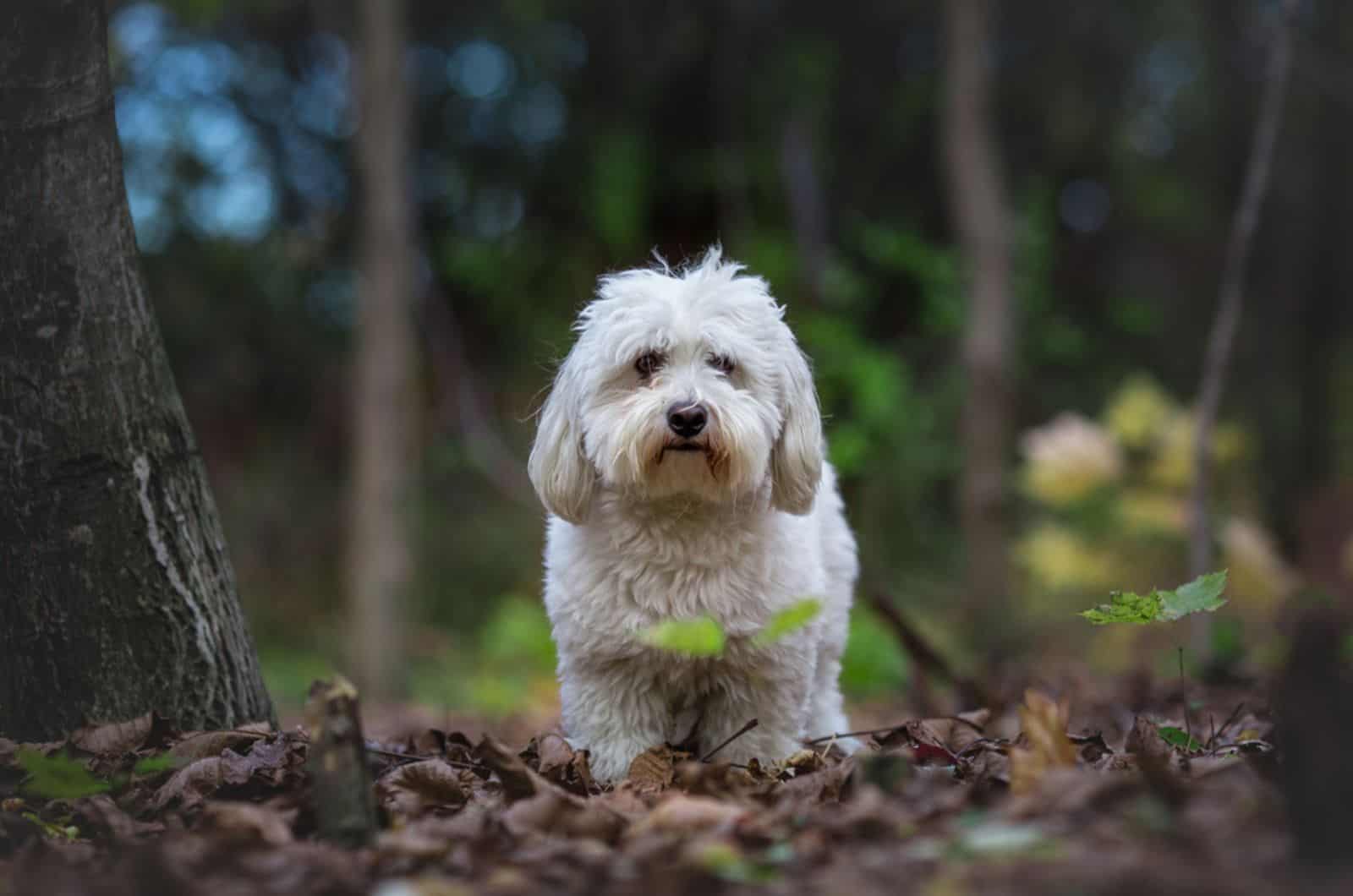
Using this Coton de Tulear growth chart as a sort of predictor, you can monitor your puppy’s development and make sure its weight is on the appropriate track.
Additionally, being aware of the size and weight your Coton de Tulear should have at a particular age will help you prepare for its diet and environment.
In general, the weight chart will assist you in ensuring that your pup doesn’t gain too much or too little weight.
But in order to use the chart to its full effect, you need to be able to properly measure the height and weight of your Coton de Tulear.
How Do I Measure The Height Of My Dog?
There are a few different ways to measure the height of your dog, including measuring from the ground to the shoulders and from the ground to the top of the head.
Measuring from the ground to the top of the shoulders is the most common practice and is typically considered to be the actual height of a dog and part of the breed standard.
To measure your dog’s height from the ground to the top of their shoulders (also known as their withers), stand your dog next to a wall or other vertical surface and use a tape measure or ruler to measure from the ground to the highest point of their shoulders.
You can also measure your dog’s height from the ground to the top of the head. To do this, stand your dog next to a wall or other vertical surface and use a tape measure or ruler to measure from the ground to the top of their head.
Another option is to use a printed-out height chart specifically designed for measuring the height of dogs.
These charts usually have markings for different breeds, and you can simply measure your dog’s height by standing them next to the chart and seeing where their height lines up.
It is important to measure your dog’s height accurately to get a good idea of its size. This can be useful for determining the appropriate size of things like crates, clothing, and other items for your dog.
How Do I Measure The Weight Of My Dog?
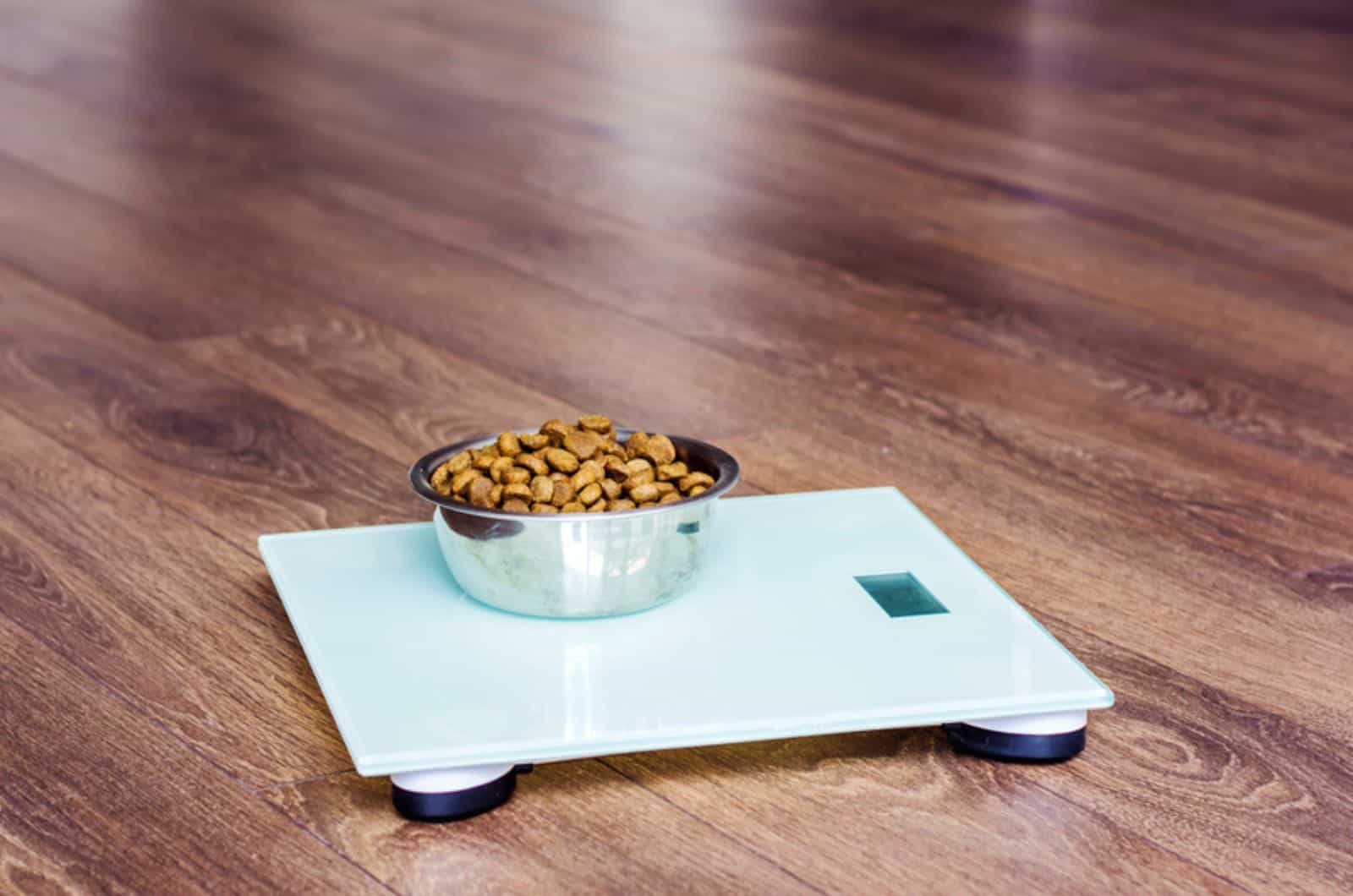
There are a few different ways to measure the weight of your dog.
The first, and the most obvious, is by using a scale. One of the most accurate ways to measure your dog’s weight is to use a scale. You can use a human scale or a pet scale specifically designed for measuring the weight of animals.
To use a scale, simply place your dog on the scale and record their weight.
If your Coton de Tulear is a bit too playful — as many small breed dogs are — and can’t stand still on a scale, you can also pick it up into your arms and stand on the scale yourself.
Then simply deduct your own weight from that and you’ll get the weight of the dog.
You can also try using a weight tape. It’s a long tape measure with markings for different weights. To use a weight tape, wrap it around your dog’s chest (behind their front legs) and see where the tape lines up with the weight markings.
It is important to measure your dog’s weight accurately to get a good idea of its size and to ensure that they are at a healthy weight.
If you are unsure of how to measure your dog’s weight, it is always a good idea to consult a veterinarian or a reputable breeder for guidance.
What If My Coton De Tulear Is Not The Right Weight?
If you are concerned that your Coton de Tulear is not the right weight, it is a good idea to consult a veterinarian for guidance.
Your veterinarian can assess your Coton de Tulear’s overall health and determine if there are any underlying medical conditions that may be causing them to be underweight or overweight.
If your Coton de Tulear is underweight, your veterinarian may recommend making some changes to their diet or increasing their exercise to help them gain weight.
It is important to follow your veterinarian’s recommendations to help ensure that your Coton de Tulear reaches and maintains a healthy weight.
If your Coton de Tulear is overweight, your veterinarian may recommend making some changes to their diet and exercise routine to help them lose weight.
This may include reducing the amount of food they are fed, increasing the amount of exercise they get, or switching to a weight-loss diet.
It is vital to work with your veterinarian to develop a weight loss plan that is safe and effective for your Coton de Tulear.
Conclusion
In conclusion, Coton de Tulears are small fluffy dogs that are known for their cotton-like adult coat and their energetic and playful personalities.
They are a relatively small breed, with an average adult weight of around 10-15 pounds and a height of around 9-11 inches at the shoulder.
That is, of course, their average weight, and with the help of this Coton de Tulear growth chart you will be able to keep track and make sure that your pup stays within those parameters as it grows and develops.
Measuring your Coton de Tulear’s height and weight regularly can help you monitor their growth and development and ensure that they are at a healthy weight.
That, in combination with our Coton de Tulear growth chart, should give you a great idea of your puppy dog’s progress.
Overall, Coton de Tulears are a delightful and loving breed that makes great companion dogs for people of all ages. By providing them with the proper care and attention, you can help ensure that they grow up to be happy and healthy adult dogs.
Read next: 8 Creditable Coton De Tulear Breeders Across The States
